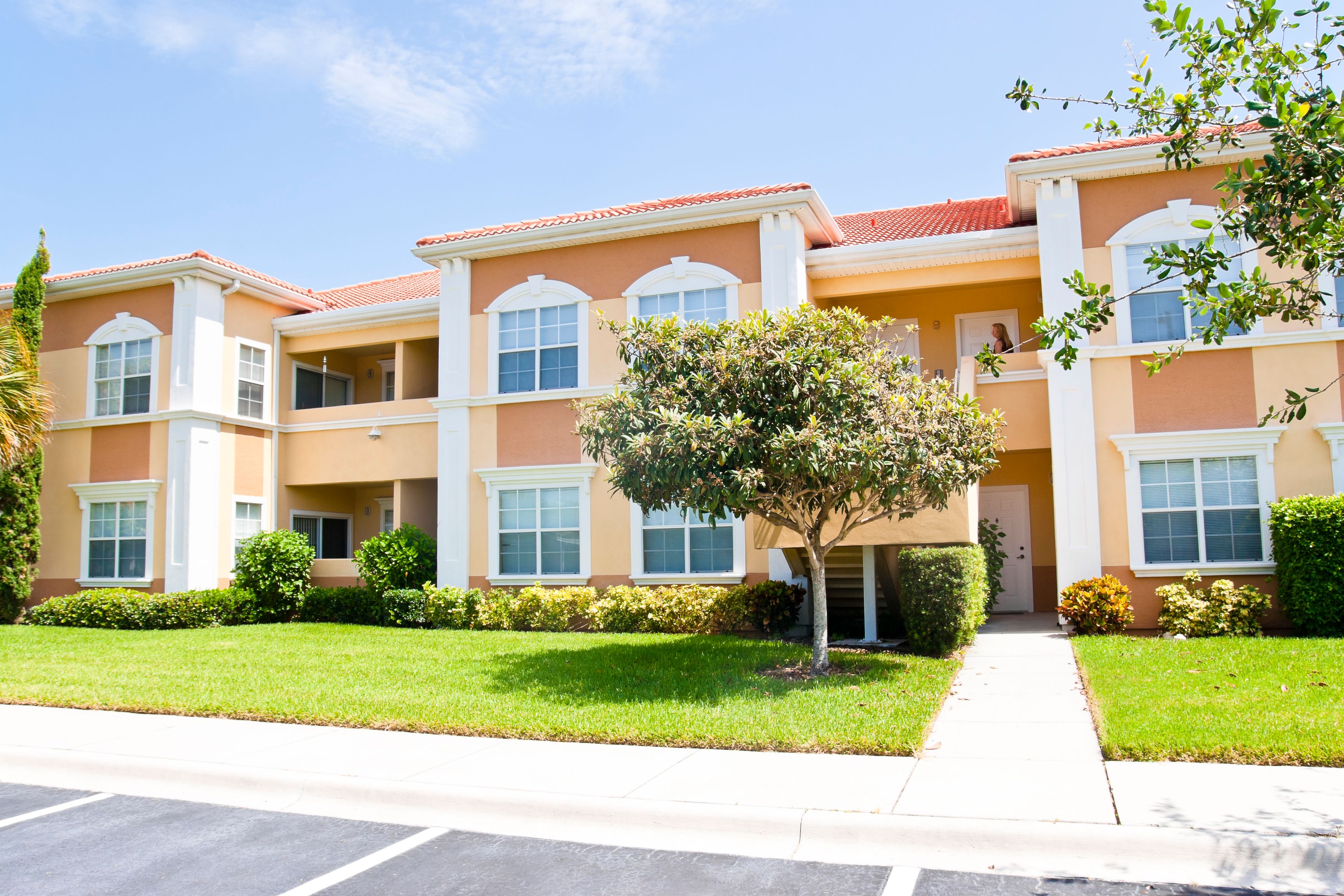A little over two months ago, I outlined my plans to create a portfolio of 10 companies that all have one thing in common: They provide a basic need or deliver life's necessities. It's my contention that basic needs companies can offer investors stability and growth throughout any market environment thanks to consistent demand, incredible pricing power, and delectable dividends. This portfolio, which I have dubbed the "Basic Needs Portfolio," will be pitted against the S&P 500 over a period of three years with the expectation of outperformance for all 10 stocks.
You can review my previous nine selections here:
- Waste Management
- Intel
- NextEra Energy
- MasterCard
- Chevron
- Select Medical
- Ford
- American Water Works
- Procter & Gamble
Today, I plan to introduce the final selection to the Basic Needs Portfolio: AvalonBay Communities (AVB 1.26%).
How it fits with our theme
There aren't any subtleties or roundabout ways to say this, but a good 99% of Americans need a place to live, and AvalonBay's specialty is putting a roof over your head. AvalonBay Communities is a residential real estate investment trust that owns interests in 273 apartment communities that are comprised of a total of 81,499 apartment homes in 12 states.
The advantages here are twofold. First, as a REIT, AvalonBay receives a special lower tax status in exchange for paying out 90% or more of its funds from operation (FFO) as a dividend to shareholders. What that means for you the shareholder is that you have a fairly consistent quarterly dividend headed your way regardless of how the economy is performing.

Source: Commons.wikimedia.org.
The other often-forgotten factor here is that renters don't have much bargaining power whatsoever when it comes to apartment hunting. They're limited by relatively opaque pricing (i.e., they can only check pricing on so many local apartments at once and are unlikely to travel beyond a certain predisposed mile marker in their mind from their current location) and the fact that today's rental market is producing some of the lowest vacancy levels on record, which is great news in terms of pricing power for rental communities.
The risk
That's right, folks, even the rental sector, which might appear flawless on the surface, isn't without its own unique set of risks.
First off, what's good for the goose may not always be good for the gander. Investors like to lump the housing sector and residential REITs together and just assume they'll track in the same direction -- but that just isn't the case. In fact, the Federal Reserve's stance on its monetary easing program known as QE3 (which involves buying $85 billion in bonds each month) will have a big bearing on which sector heads higher and lower next.
Artificially low lending rates will favor homebuilders like Lennar (NYSE: LEN), which sports the best homebuilding margins in the industry -- at 24.1% as of the second quarter. Builders like Lennar need low lending rates to coax homebuyers who are teetering between buying and renting to purchase a home. As rates rise, they tend to push prospective and now spoiled prospective homebuyers back into renting. Therefore, falling and progressively low rates can be a deterrent to residential REIT pricing power.
But, the catch-22 here is that rising interest rates that will help solidify its pricing power and reduce vacancies even further by pushing homebuyers away from purchasing are also bad news because the residential REIT sector often carries a mountain of debt used to finance the building of new communities and for acquisitions. Certain companies issue secondary offerings to raise cash without taking on debt, which dilutes existing shareholders, while others merely decide to take on more debt.
Take UDR (UDR 0.01%) or Equity Residential (EQR 0.91%) as perfect examples. Both have successfully been adding new communities and making FFO-accretive acquisitions in order to expand their rental portfolios. But, UDR and Equity Residential now boast debt-to-equity ratios in excess of 110%, with UDR carrying $3.5 billion in net debt and Equity Residential lugging around close to $11.6 billion in net debt. Although this debt has been refinanced or taken out in many cases as historically low lending levels, higher rates could stall community expansion for this sector and hurt bottom-line profits because of interest payments.
Why AvalonBay Communities?
First of all, there aren't too many bad choices in this sector, so consider yourself picking among plenty of good companies. But, AvalonBay stands out among its peers for its recently orchestrated joint purchase of Archstone with Equity Residential. Although Equity Residential garnered the lion's share of Archstone's communities (60%), AvalonBay's $6.5 billion pick-up including debt gives the company nearly 21,000 apartments to add to its portfolio that fit perfectly with its geographical presence and mid- to upper-tier apartment price points. Make no mistake about it, Equity Residential benefits, too; however, it ultimately chose to take on more debt than AvalonBay with its majority stake, and the Archstone portfolio has some properties with price points that are a bit higher than those Equity Residential often deals with.
Another prime point: AvalonBay delivers. Why question a company if it can perform year-in and year-out? In AvalonBay's second-quarter results released last week, it delivered a 0.9% increase in economic occupancy (as if vacancies could possibly drop anymore), a 5.2% increase in rental revenue, and, just to add some icing on the cake, boosted its net operating income growth from a previous forecast in January of 4% to 5.5% to a range of 5% to 5.75%!
A third factor to consider is that AvalonBay should be right in the sweet spot of a five- to 10-year period of enormous rental growth. Because the U.S. central bank has targeted record-low lending rates for such a long period of time, it's left the American public nothing short of spoiled. When rates do rise, consumers are going to balk at the idea of paying more for a mortgage and simply resume renting until rates drop again. In addition, we're still a long way from fully restoring the damaged credit that millions of Americans suffered during the recession. Don't forget that homebuilders are also purposely keeping inventories low so they don't lose their pricing power, shuffling some prospective homebuyers back into renting since housing choices are limited. All signs point to continued growth in the rental market and substantial pricing power for AvalonBay.
Source: Nasdaq.com. *Assumes quarterly payout of $1.07 for remainder of 2013.
The last thing worth noting is Avalon's consistent dividend. A basic needs portfolio is nothing without owning companies that have nearly guaranteed cash flow, and with cash flow like Avalon's comes a handsome yield -- 3% in this case! As you can see above, AvalonBay may not bump its dividend up with any regularity, but it's nonetheless delivered an average annual payout boost of better than 5% per year since 2000.
Stay tuned next week as I introduce the full portfolio and "trading" officially begins!







